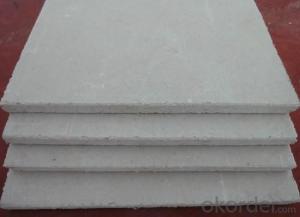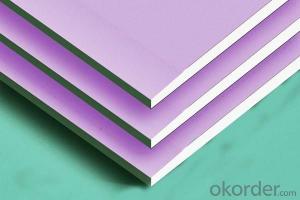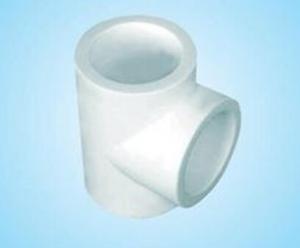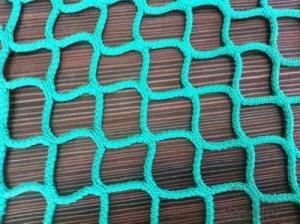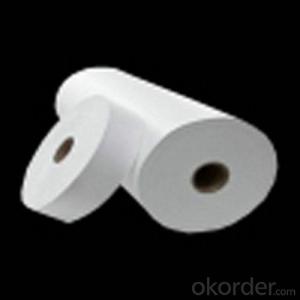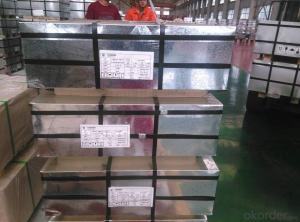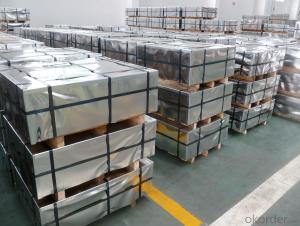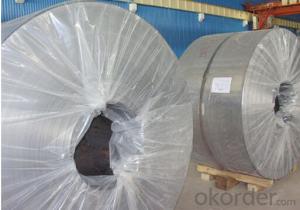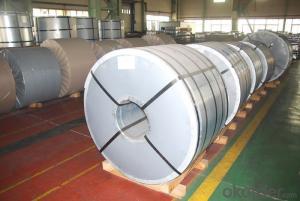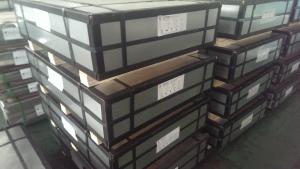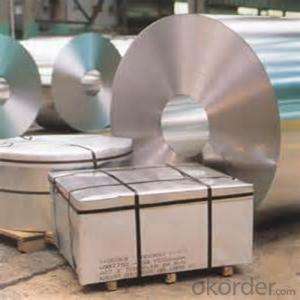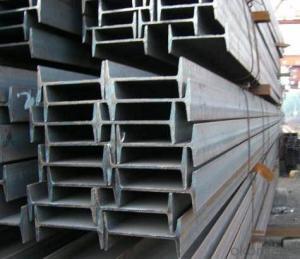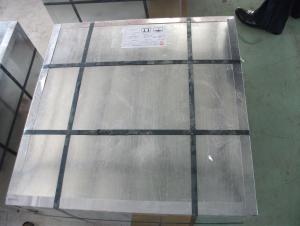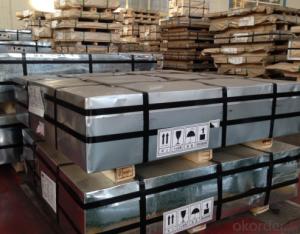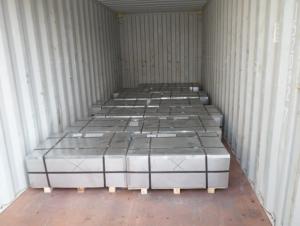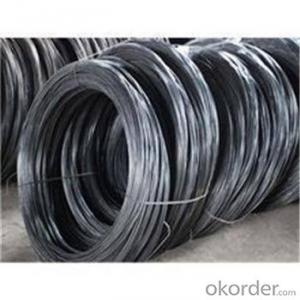Standard Gauge Tinplate
Standard Gauge Tinplate Related Searches
Best Stainless Steel For Knives Primer For Galvanized Steel H S Code For Stainless Steel Wd 40 For Stainless Steel Spray Paint For Stainless Steel Glue For Stainless Steel Drill Bits For Stainless Steel Spray For Stainless Steel Welder For Stainless Steel Diamond Grinding Wheels For SteelHot Searches
Price For Stainless Steel Scrap Scrap Price For Stainless Steel Price For Stainless Steel Cheap High Tea Sets For Sale Price Of Shipping Containers For Sale Stock Price For Aluminum Cheap Solar Cells For Sale Air Pump For Aquarium Price Inverter Size For Solar System Used Foam Board Insulation For Sale Price List For Building Materials Magnesium Oxide Board For Sale Hdf Board For Sale sintra board for sale Cheap Mini Laptops For Sale Plywood For Sale Cheap Cheap Washers For Sale Cheap Tall Vases For Sale Solar With Inverter Price Steel Mesh Panels For SaleStandard Gauge Tinplate Supplier & Manufacturer from China
Okorder.com is a professional Standard Gauge Tinplate supplier & manufacturer, offers integrated one-stop services including real-time quoting and online cargo tracking. We are funded by CNBM Group, a Fortune 500 enterprise and the largest Standard Gauge Tinplate firm in China.Hot Products
FAQ
- Tinplate can be manufactured into various forms and shapes, including cans, containers, boxes, trays, and even decorative items. Its malleability allows for complex designs, making it suitable for a wide range of applications in the packaging industry.
- Tinplate offers several advantages in packaging. Firstly, it provides excellent protection against corrosion, ensuring the contents remain safe and unaffected. Additionally, tinplate is lightweight yet durable, making it easy to transport and handle without compromising strength. It is also highly malleable, allowing for intricate designs and shapes, enhancing visual appeal. Furthermore, tinplate is eco-friendly as it is recyclable and can be reused multiple times, promoting sustainability in packaging solutions.
- There are several different ways to recycle tinplate packaging. One common method is to separate the tinplate from other materials, such as paper or plastic, and then send it to a recycling facility where it can be melted down and reused to make new tinplate products. Another option is to reuse the tinplate packaging for storage or other purposes before eventually recycling it. Additionally, some municipalities offer curbside recycling programs where tinplate packaging can be collected and processed along with other recyclable materials.
- Tinplate contributes to the conductivity of electrical components by providing a thin layer of tin coating on the surface of the component. This tin coating enhances the conductivity of the underlying material, such as copper or steel, by reducing the contact resistance and preventing oxidation. Tin is a highly conductive metal and acts as a barrier against corrosion, ensuring the longevity and reliability of electrical components.
- Tinplate is considered to be a highly sustainable packaging material when compared to others. It is infinitely recyclable without losing its properties, making it a preferred choice for many industries. Tinplate also has a lower carbon footprint and energy consumption during its production compared to other packaging materials like plastic or glass. Additionally, tinplate offers excellent protection and preservation qualities, extending the shelf life of products and reducing food waste. Overall, tinplate stands out as a more environmentally friendly option in terms of sustainability in packaging.
- Tinplate packaging contributes to product convenience for consumers in several ways. Firstly, tinplate packaging is lightweight and easy to handle, making it convenient for consumers to carry and transport the product. Secondly, tinplate packaging is durable and provides excellent protection for the product, ensuring that it remains intact and safe during transportation and storage. Additionally, tinplate packaging is airtight, keeping the product fresh and extending its shelf life, which is beneficial for consumers. Finally, tinplate packaging often comes with easy-to-open features like pull tabs or twist caps, making it convenient for consumers to access the product without the need for additional tools.
- The typical manufacturing processes for tinplate products include coil cutting, cleaning and coating, pressing or stamping, forming or shaping, welding or soldering, and final finishing or packaging.
- The main difference between tinplate and tinplate laminates in terms of shelf life is that tinplate laminates tend to have a longer shelf life compared to plain tinplate. This is because the additional layers in tinplate laminates, such as plastic or paper, provide an extra barrier against moisture, oxygen, and light, which helps to preserve the product inside for a longer period of time. Tinplate alone still offers a good level of protection, but the added layers in laminates enhance the packaging's ability to maintain product freshness and extend shelf life.

